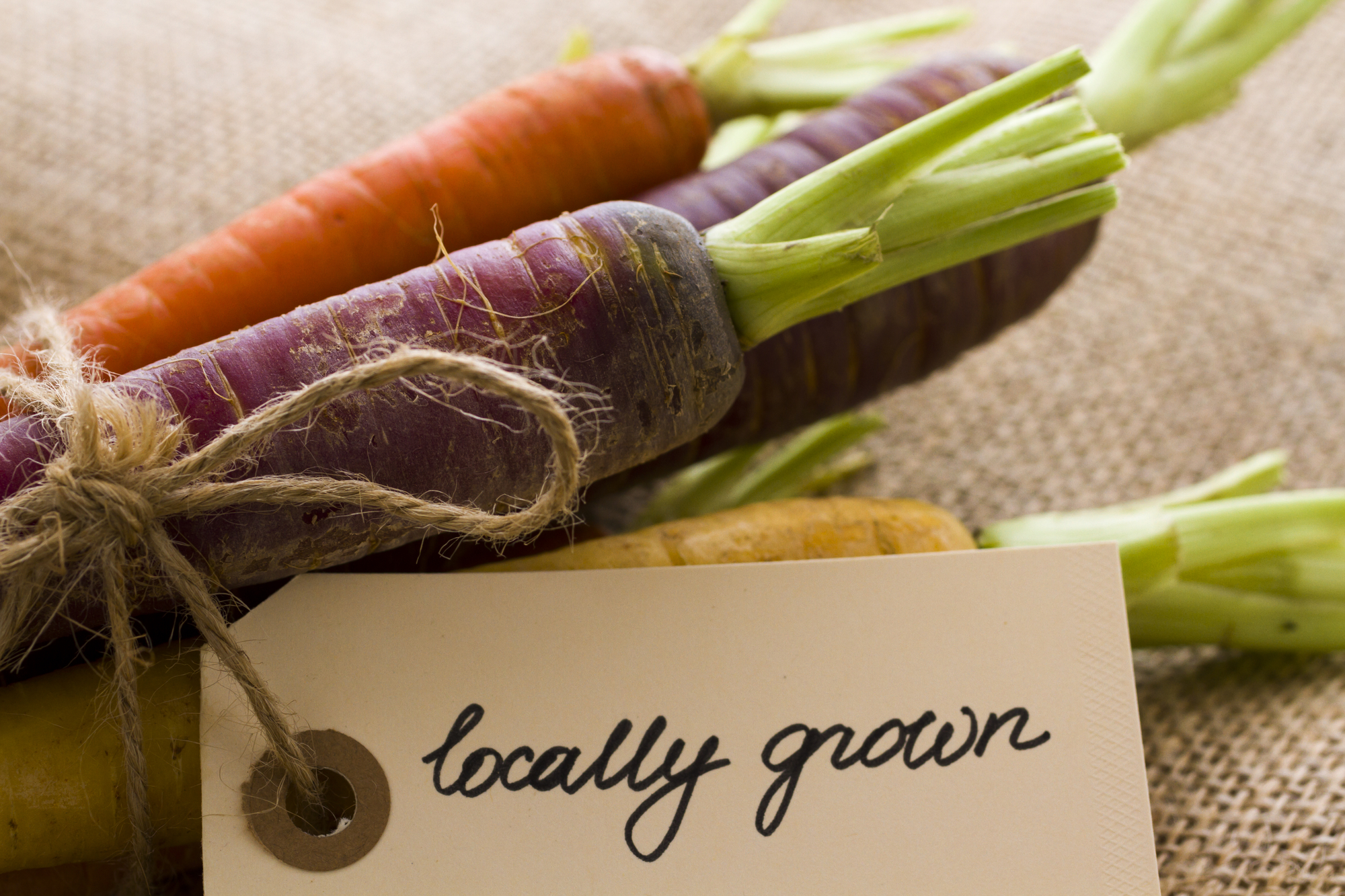

You might find yourself faced with a conundrum each time you go to the grocery store: whether to buy organic. Though it’s more expensive, it seems to be better for both you and the environment. But is it actually?
When it comes to environmental costs, comparing organic and conventional is complicated. Studies have found mixed results, depending on the variables they include and what they consider an impact (kilograms of carbon dioxide? Nutrient runoff?). While organic crops tend to emit fewer pollutants and greenhouse gas emissions, that’s sometimes offset by lower yields. Location matters as well. All in all, it’s a complex task to assess exactly how much pollution you can trace to a particular type of crop.
One recent study, published in Nature Communications, illustrates these difficulties nicely. The analysis, which was limited to agriculture in England and Wales, reached a perhaps surprising conclusion: a wholesale conversion to organic production would actually raise total greenhouse gas emissions from agriculture. That’s because switching to organic would reduce yields of crops and livestock, increasing the need to import those foods from overseas.
To compare conventional and organic systems, the authors use a life cycle assessment model. This model considers carbon dioxide emissions from various sources—fossil fuels used in farm operations, the production of inputs like fertilizers, and the transportation of produce and livestock. It also includes other farm emissions, such as methane from cow burps and the nitrous oxide that rises from soils after fertilizer is applied. In the study, organic farmers used rotations of nitrogen-fixing legumes instead of applying synthetic nitrogen, planted cover crops to build soil carbon, and added livestock manure to fertilize fields. Those changes all help store carbon in soil, and the study included those negative emissions.
At a farm-level scale, many organic crops and animals had lower emissions. For example, cows produced less greenhouse gas per unit of milk and meat, since the organic farms used forage plants in rotations with other crops, providing fertilizer for the farm and food for the cows with little inputs..
But while direct emissions from farms were lower, making up for lost yields at a broader level had an environmental cost. The model estimated that going 100 percent organic cut food production by about 40 percent, and that the area of land used for overseas agriculture would multiply five times to compensate. The net increase in emissions from conventional to organic depends on how much additional land is converted to agriculture; with a high amount of land conversion, the increase is 56 percent over conventional. “Organic works successfully in a niche, and people who wish to make the choice can,” says Adrian Williams, coauthor of the assessment and environmental systems scientist at Cranfield University. “But the problem is, when you push it to the limit, it’s just not productive enough.”
But that doesn’t necessarily mean you should stop buying organic—there are some limitations to the assessment. Perhaps most obviously, it covers just one part of the globe. “I don’t think it’s very applicable to other countries,” says Ray Weil, soil scientist at the University of Maryland. “The UK is fairly unique and its situation is quite different from say the U.S. in terms of the amount of food it imports and also the kind of farming systems that they have.”
While the UK study saw a huge drop in yields in switching to organic, other estimates aren’t as dramatic. A 2016 review article in Nature Plants found that on average, organic yields are 8 to 25 percent lower than conventional. And that estimate varies a lot between crops: organic rice, corn, and soybeans can produce nearly the same as conventional crops, whereas organic fruit harvests lag behind those produced with synthetic chemicals.
The same review article emphasized a holistic approach to comparing the two styles, including factors like profitability, pollution, and worker exposure to pesticides. Only looking at greenhouse emissions misses other environmental impacts, such as nutrient runoff-caused algal blooms and pollinator declines. In a related article for The Guardian, the study’s author, John Reganold, a soil scientist at Washington State University, argues that organic farms, on average, are still more environmentally-friendly than conventional.
Still, the benefits of organic production can vary a lot, and sometimes it can be worse than conventional. Weil points to Maryland as an example. Most conventional farmers there use no-till systems, in which they rarely if ever plow the soil, saving themselves the associated fuel and labor costs. It’s benefitted Chesapeake Bay, which is vulnerable to algal blooms and fish die-offs created by nutrients leaching from farms. If the soil is left unturned, there’s less runoff and nutrients entering waterways.. But Maryland organic farmers continue to till the soil, because without herbicide use there are few options to control weeds. “If Maryland went 100 percent organic, there would be a lot more tillage,” says Weil. And, “One of the worst things you can do to a soil is plow it up.” In addition to causing sediments to erode and increasing nutrient runoff, tillage has a climate impact: it boosts the activity of microbes, which decompose organic matter and release stored carbon as carbon dioxide.
An ideal future system that minimizes impacts might not fit neatly into an organic or conventional label. Organic can be very restrictive by banning even small amounts of synthetic pesticides and fertilizers. Meanwhile, conventional doesn’t really mean anything, except that it’s not organic. “I don’t think comparisons between organic and conventional are very useful and [they’re] certainly not very scientific,” says Weil. “I think it’s much more useful to think about how to take the best parts of both of these types of systems.”
A conventional farmer could, for example, store lots of carbon and even reduce fertilizer use by using cover crops. While they couldn’t snag an organic certification, they’d still be providing a benefit to the climate.
The growing field of precision agriculture can also help. Detailed remote sensing data can enable farmers to apply just the right amount of fertilizer or pesticide to the location of a field where it’s needed, thereby reducing environmental impacts. Williams says that in the future, weeding robots winding around rows of crops could cut way back on the amount of herbicide applied.
One solution for consumers wanting to make a better choice for the planet would be a sustainability score based on multiple environmental factors, says Weil. Some researchers are looking into using blockchain technology, a way of storing records securely across a network of computers, to log information about how a food product is produced. Walmart announced it will require its suppliers to use the technology to track food safety, but Weil says the same method could apply to sustainability data to create a score that could end up on a food label.
Weil does offer the climate-conscious some actionable advice for the here and now, though: “The best single thing consumers can do is eat less red meat,” he says. But even the red meat issue has its nuances—some grazing strategies can actually have positive impacts. It’s just another reason to create a score that could actually give consumers insight into how their buying habits affect the planet.
